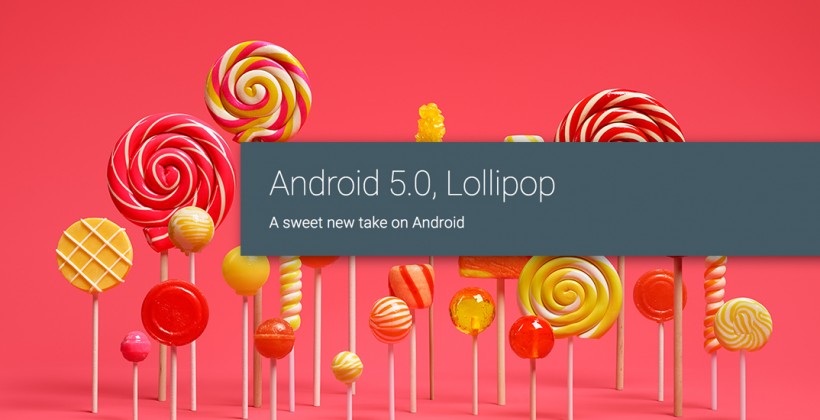For quite some time now the Telecom Regulatory Authority of India that is TRAI has been taking the most discussed issue of recent times that is the call drop issue seriously. In the test conducted by TRAI none of the telcos could satisfy them. In order to improve their position telcos have been asked by the regulator to install more towers for improving infrastructure. However telcos claim that for this situation they are not to be blamed completely.

When most of the mobile operators had failed to meet the required quality benchmark, Trai being worried over the worsening call drop menance had asked the government to give them the power to penalise those mobile operators who failed to meet the quality bench mark requirement. It was soon seen that to penalise them operators were asked to compensate consumers Re 1 for each dropped call, with an upper limit at Rs 3 per day. followed by call a drop penalty asking operators to compensate consumers Re 1 for each dropped call, with an upper limit at Rs 3 per day. However after some time the supreme court quashed it.
They then started focusing on the network quality. Soon, it was seen that some telcos decided to matters in their own hands. Soon it was observed that Airtel had set itself on a self-regulation path after SC axed TRAI regulation. Airtel of their own accord decided to put into practice a 25 percent more stringent mobile call drop benchmark of 1.5 percent against the 2 percent as prescribed by TRAI. Taking a big leap forward under its Project Leap initiative Airtel wanted to improve network quality by transparency and feedback. Customers are now allowed to see the network coverage and signal strength in any location all over India.


